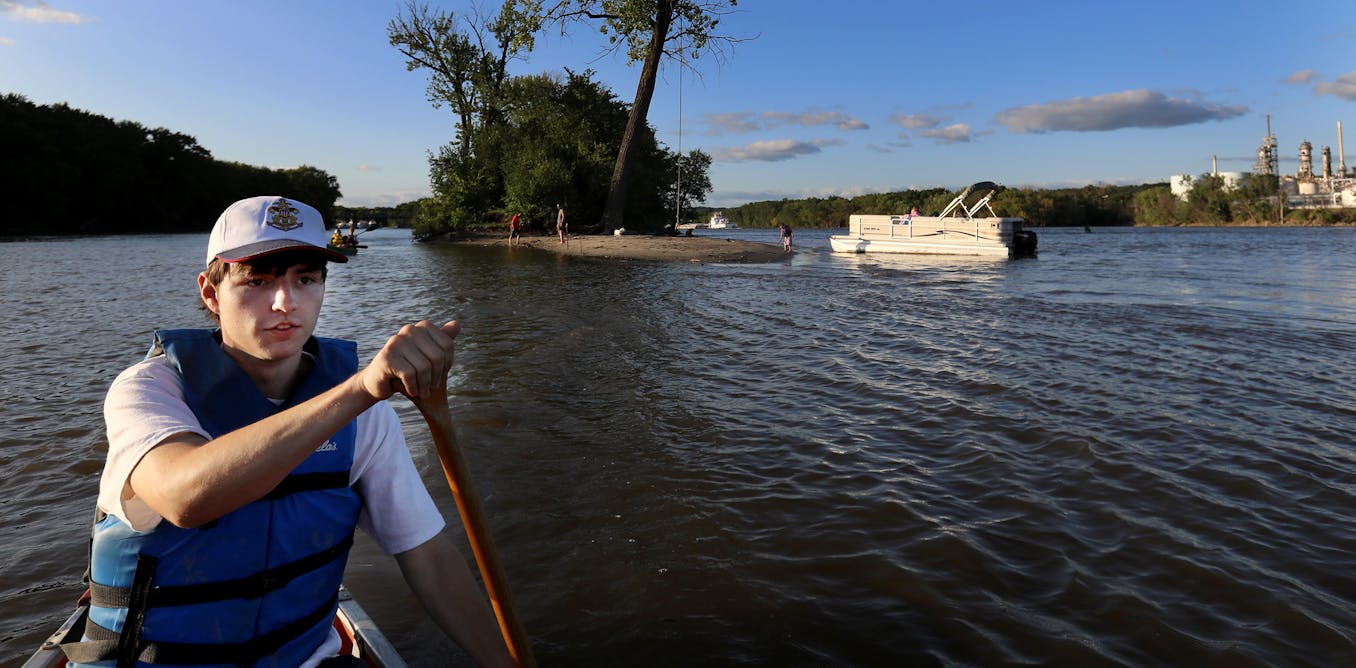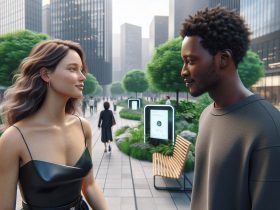Meet
FREDERICK Mark 2, the Friendly Robot for Education, Discussion and Entertainment, the Retrieval of Information, and the Collation of Knowledge, better known as Freddy II. This remarkable robot could put together a simple model car from an assortment of parts dumped in its workspace. Its video-camera eyes and pincer hand identified and sorted the individual pieces before assembling the desired end product. But onlookers had to be patient. Assembly took about 16 hours, and that was after a day or two of “learning” and programming.
Freddy II was completed in 1973 as one of a series of research robots developed by Donald Michie and his team at the University of Edinburgh during the 1960s and ’70s. The robots became the focus of an intense debate over the future of AI in the United Kingdom. Michie eventually lost, his funding was gutted, and the ensuing AI winter set back U.K. research in the field for a decade.
Why were the Freddy I and II robots built?
In 1967,
Donald Michie, along with Richard Gregory and Hugh Christopher Longuet-Higgins, founded the Department of Machine Intelligence and Perception at the University of Edinburgh with the near-term goal of developing a semiautomated robot and then longer-term vision of programming “integrated cognitive systems,” or what other people might call intelligent robots. At the time, the U.S. Defense Advanced Research Projects Agency and Japan’s Computer Usage Development Institute were both considering plans to create fully automated factories within a decade. The team at Edinburgh thought they should get in on the action too.
Two years later,
Stephen Salter and Harry G. Barrow joined Michie and got to work on Freddy I. Salter devised the hardware while Barrow designed and wrote the software and computer interfacing. The resulting simple robot worked, but it was crude. The AI researcher Jean Hayes (who would marry Michie in 1971) referred to this iteration of Freddy as an “arthritic Lady of Shalott.”
Freddy I consisted of a robotic arm, a camera, a set of wheels, and some bumpers to detect obstacles. Instead of roaming freely, it remained stationary while a small platform moved beneath it. Barrow developed an adaptable program that enabled Freddy I to recognize irregular objects. In 1969, Salter and Barrow published in
Machine Intelligence their results, “Design of Low-Cost Equipment for Cognitive Robot Research,” which included suggestions for the next iteration of the robot.
Freddy I, completed in 1969, could recognize objects placed in front of it—in this case, a teacup.University of Edinburgh
More people joined the team to build Freddy Mark 1.5, which they finished in May 1971. Freddy 1.5 was a true robotic hand-eye system. The hand consisted of two vertical, parallel plates that could grip an object and lift it off the platform. The eyes were two cameras: one looking directly down on the platform,…
Read full article: Freddy the Robot and the Great Debate over AI’s Future

The post “Freddy the Robot and the Great Debate over AI’s Future” by Allison Marsh was published on 04/30/2025 by spectrum.ieee.org






































Leave a Reply